Formula 1 (F1) has long been the pinnacle of automotive innovation, with cutting-edge technology developed on the racetrack eventually making its way to everyday automobiles. F1’s relentless pursuit of speed, efficiency, and safety has led to advancements that have transformed the consumer car industry. From aerodynamics to powertrains, safety features, and materials, the influence of F1 is evident in many aspects of modern street cars.
The Evolution of Aerodynamics
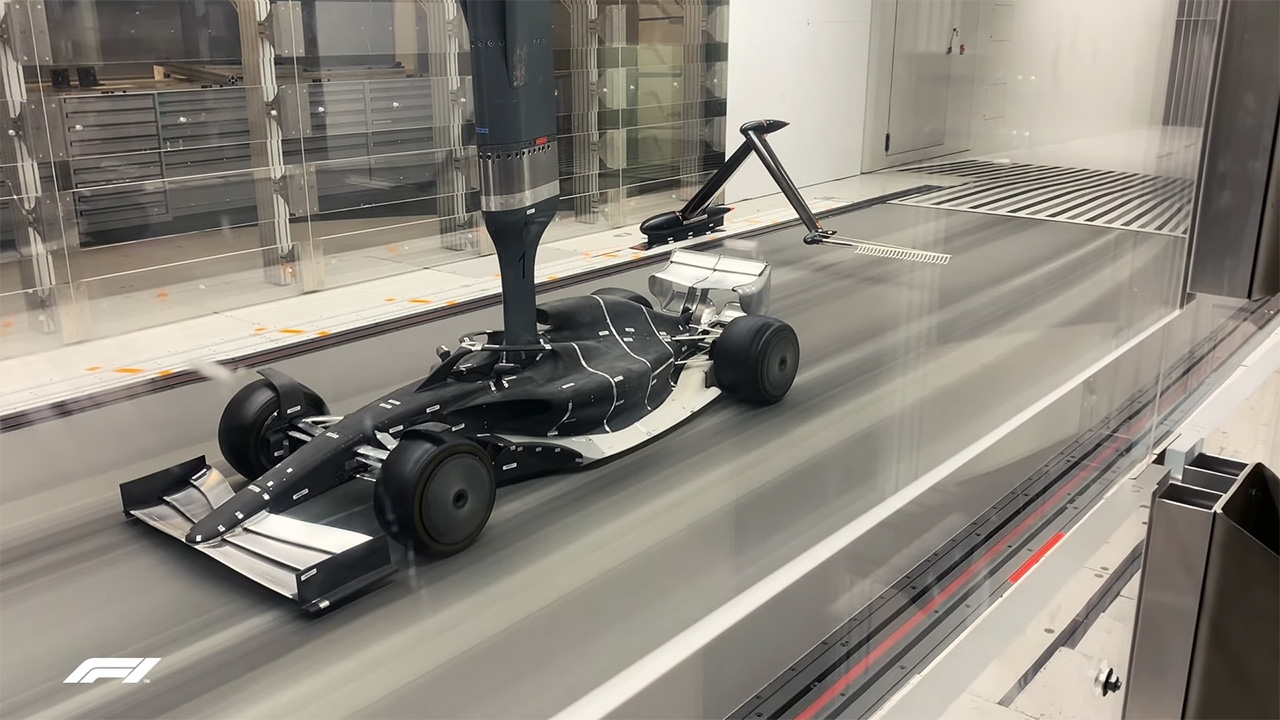
One of the most significant contributions of F1 to consumer vehicles is in the field of aerodynamics. F1 teams have pioneered the use of advanced aerodynamic designs to enhance speed and stability, which has directly influenced the design of street cars. For instance, active aerodynamics, which involves components like adjustable wings and spoilers that change position based on speed and driving conditions, have been adapted for high-performance road cars. This technology improves fuel efficiency and performance by reducing drag and increasing downforce, leading to better handling and stability.
Rear diffusers, another innovation from F1, have been integrated into many sports cars to enhance their aerodynamic efficiency. These components help manage airflow under the car, reducing lift and increasing grip on the road. The use of wind tunnel testing and computational fluid dynamics (CFD) in F1 has also become a standard practice in the automotive industry. These tools allow engineers to simulate and analyze airflow around a vehicle, leading to more aerodynamic and fuel-efficient designs.
Powertrain Innovations
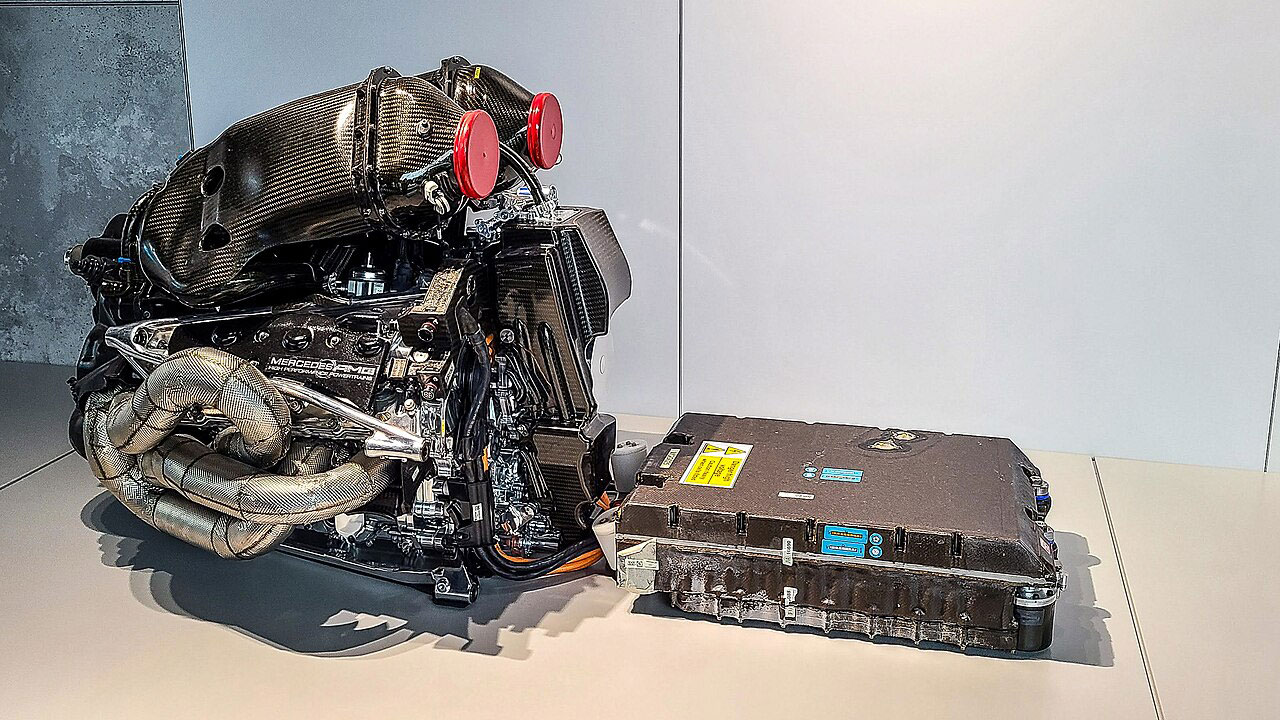
F1 has also been at the forefront of powertrain innovations, particularly in the development of hybrid technology. The transition of hybrid powertrains from F1 to consumer vehicles has been a game-changer, enhancing efficiency and reducing emissions. The introduction of the Kinetic Energy Recovery System (KERS) in F1, which captures energy during braking and stores it for later use, has been adapted for hybrid and electric street cars. This technology not only improves fuel efficiency but also boosts performance by providing additional power when needed.
Turbocharging and engine downsizing are other areas where F1 has had a significant impact. In response to regulations aimed at reducing emissions and improving fuel economy, F1 teams have developed smaller, more efficient engines that deliver high performance. This approach has been mirrored in the consumer market, where manufacturers are increasingly using turbocharged engines to provide the power of larger engines while maintaining better fuel efficiency. The Mercedes-AMG A45, for example, features a 2.0-liter turbocharged engine that delivers impressive performance, a testament to the influence of F1 technology.
Safety Enhancements
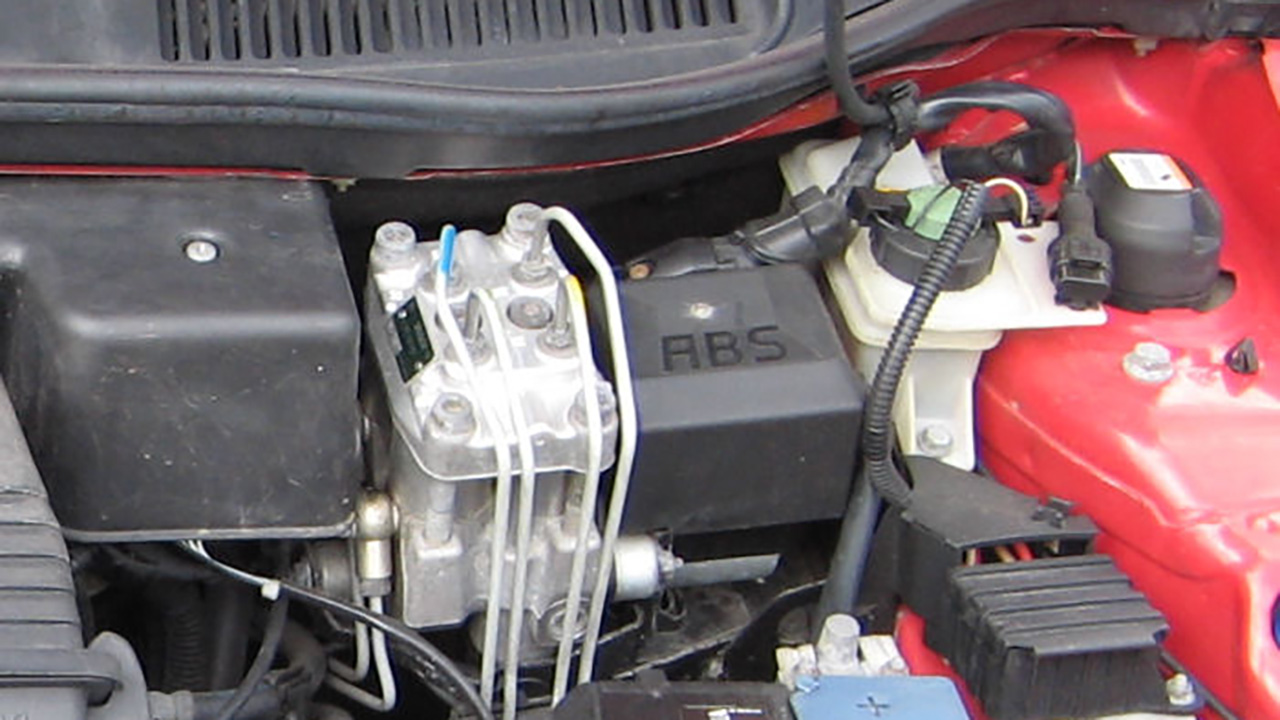
Safety is another area where F1 has made substantial contributions to the automotive industry. The rigorous safety standards in F1 have led to the development of advanced crash structures and materials that have been adopted by street car manufacturers. Carbon fiber, known for its strength and lightweight properties, is now commonly used in the construction of vehicle safety cells, providing enhanced protection for occupants in the event of a collision.
F1’s influence extends to the development of safety technologies such as Anti-lock Braking Systems (ABS) and traction control. These systems, which were initially developed for F1 cars to improve handling and safety, are now standard features in most modern vehicles. Additionally, driver-assist systems, including adaptive cruise control and lane-keeping assist, have roots in F1 telemetry and data analysis. These systems use sensors and cameras to monitor the vehicle’s surroundings and assist the driver in maintaining control, reducing the risk of accidents.
Materials and Manufacturing
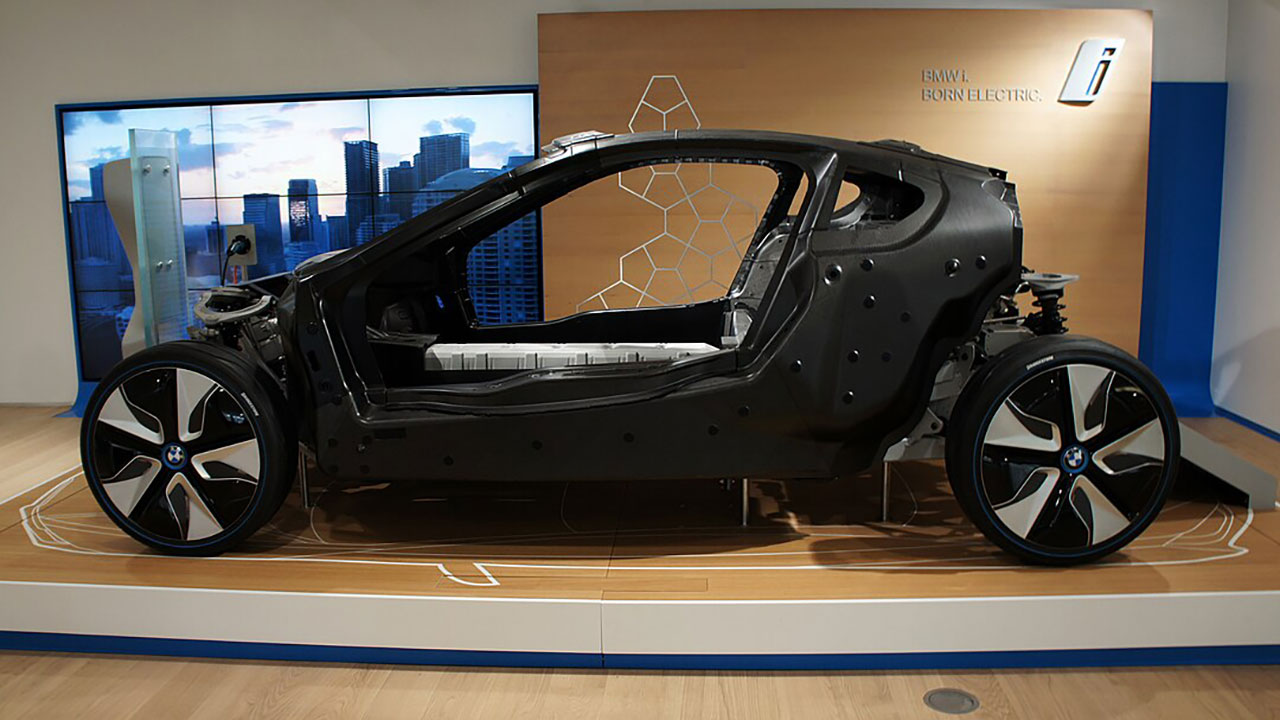
The use of advanced materials and manufacturing techniques in F1 has also trickled down to the consumer car industry. Carbon fiber, a material widely used in F1 for its lightweight and high-strength properties, is now increasingly being used in the production of high-performance street cars. This material helps reduce the overall weight of the vehicle, improving fuel efficiency and performance.
Innovations in manufacturing techniques, such as 3D printing and precision engineering, have also been influenced by F1 technology. These techniques allow for the production of complex components with high precision and reduced lead times. Furthermore, the use of telemetry and real-time data collection in F1 has been adapted for improving manufacturing processes and vehicle diagnostics. This technology enables manufacturers to monitor the performance of their vehicles in real-time, allowing for more efficient maintenance and troubleshooting.
The Future of F1 Innovations in Street Cars

As F1 continues to push the boundaries of technology, new innovations are poised to influence the future of street cars. Advanced battery systems, developed for F1’s hybrid powertrains, are expected to play a significant role in the evolution of electric vehicles. These systems offer improved energy density and faster charging times, making electric cars more practical and appealing to consumers.
Autonomous driving features, another area of active research in F1, are also set to revolutionize the automotive industry. The collaboration between F1 teams and automotive manufacturers is accelerating the development of these technologies, which promise to enhance safety and convenience for drivers. As these innovations continue to evolve, the next wave of F1-inspired technologies is expected to bring about significant changes in the design and functionality of consumer vehicles.
Like Fast Lane Only’s content? Be sure to follow us.
Here’s more from us:
*Created with AI assistance and editor review.





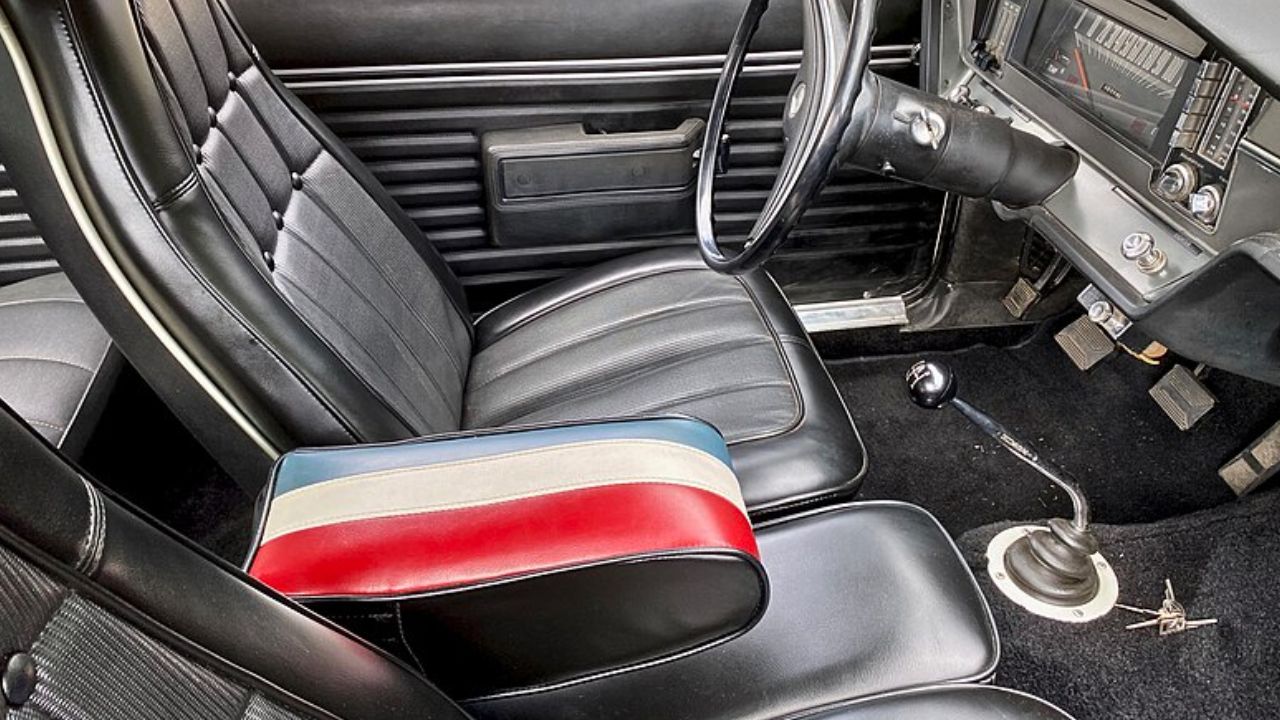

Leave a Reply